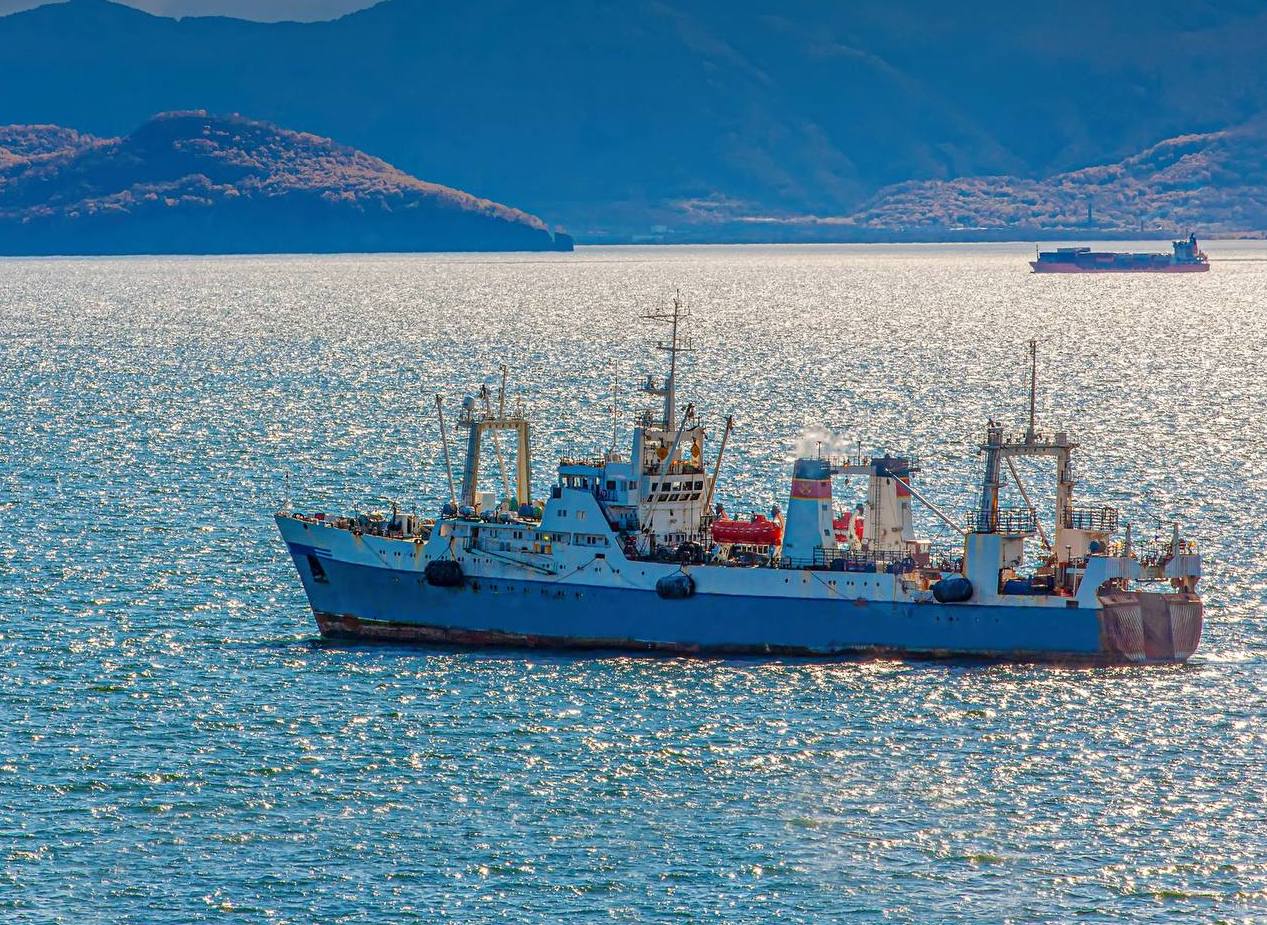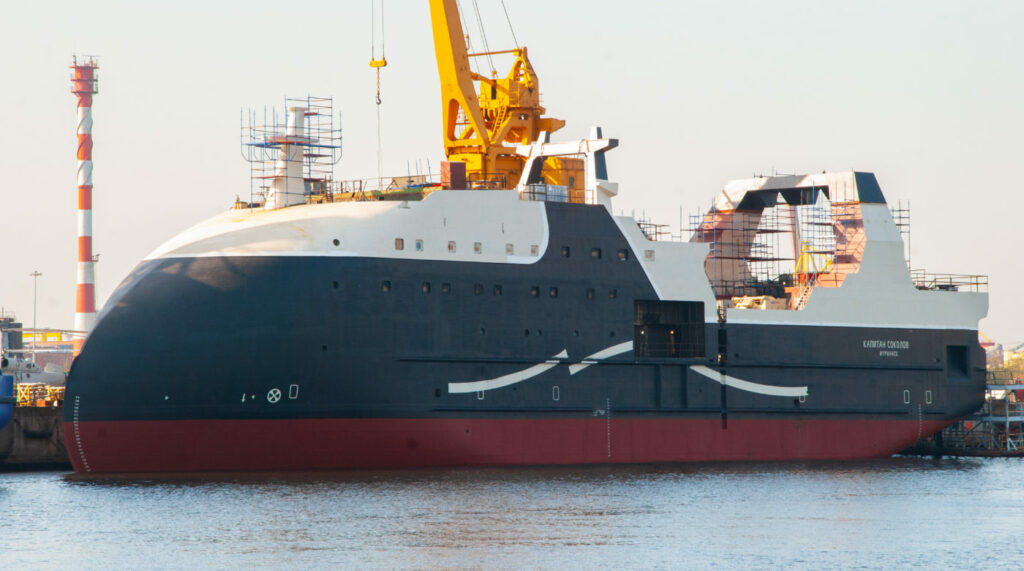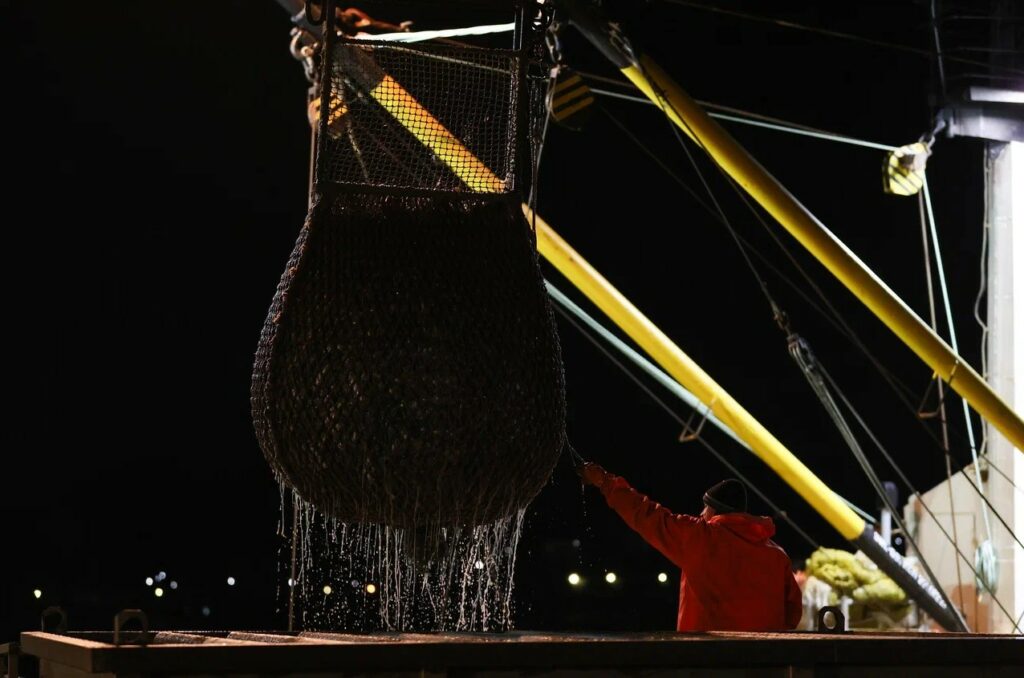
By 2023, RF ship repair market is expected, by some estimates, to grow 1.6 times to RUB 144 billion. It is Russia’s fishing fleet numbering about 2,000 ships that suffers one of the most urgent ship repair problems. Ship repair bases should be developed in all fishery basins with investments estimated at RUB 20 billion. Experts believe that this segment development can be financed by private resources if alliances of ship repair companies and ship owners are set up.
Russia’s ship repair market will grow to RUB 144 billion by 2035 versus RUB 8.8 billion in 2020, Nikolai Shablikov, Chairman of the Board of Directors, Nordic Engineering JSC, said when speaking at the Ship Repair, Modernization and Components conference organized by PortNews Media Group.

Fishery Shipowners Association (FSA) estimates the demand for investments in ship repair facilities at RUB 20 billion. The fishery was among the first industries to feel the consequences of sanctions. Fishing companies used to have their ships repaired in other countries, Norway and S. Korea, where foreign equipment installed on the ships could be repaired. In the current conditions, ship repair clusters should be created in four regions within 5 years before the first dock repair of new fishing ships begins, FSA head Aleksey Osintsev said at the Conference. According to FSA, ship repair clusters should be built in Kamchatka, Primorye, Murmansk and Kaliningrad. According to Irina Orinicheva, Deputy Director of the Shipbuilding and Marine Equipment Department at the Ministry of Industry and Trade, two of them, in the Murmansk Region and in the Kamchatka Territory, are being created already.
Over the recent year, Ministry of Industry and Trade has proceeded considerably in improvement of conditions for ship repair in Russia: the Ministry of Finance has backed its initiative on setting a zero VAT for ship repair companies if their entire profit is spent for the development. It will be an essential support of ship repair companies. However, experts are concerned about lack of ship repair facilities and profitability of ship repair business.
In Russia, ship repair services are currently offered by 57 organizations, says the Ministry of Industry and Trade. According to the strategy for the development of shipbuilding industry up to 2035, Russia numbers about 50 large and over 100 mid-size and small ship repair organizations. Most of them are focused on warships. Ship repair facilities of United Shipbuilding Corporation (USC) are only loaded at 30% of their capacity, Georgy Neiman, Director of USC Department for Detailed Design and Pre-Production, said at the IAA PortNews’ conference. According to him, USC is ready to diversify the activities of its ship repair facilities and offer services to civil ships.
According to experts, the construction of a dock of 30 thousand tonnes in capacity is estimated at RUB 8 billion (in prices of 2015-2016). “Infrastructure costs are very high. We are likely to see the creation of alliances between ship repair companies and businesses. This segment is most probably to be taken over by the business,” says the industry expert Mustafa Kashka.
FSUE Rosmorport has resumed the construction of port fleet maintenance base. The company expects the first phase of works to be completed in the third quarter of 2023. A competition to find a contractor will be announced in September. It will be a dock of about 3.5 – 5 thousand tonnes in capacity, Vasily Strugov, Deputy General Director of FSUE Rosmorport, said at the Ship Repair, Modernization and Components conference.

In October 2022, the Ministry of Industry and Trade will start working on the new strategy for the shipbuilding industry which will include a section dedicated to ship repair, says Irina Orinicheva. Ship repair issues cannot be postponed for a long period because construction of trawlers and crab catchers under Phase 1 of the ‘keel quota’ programme nears completion in 2023-2025 while the customers can start signing Phase 2 contracts, according to earlier statement of Ilya Shestakov, head of Rosrybolovstvo (Russian Federal Fisheries Agency).
Construction of ships in the framework of the programme’s first phase is delayed. It should be explained by a long interruption in construction of fishing and crab catching ships (almost 40 years). Russian shipyard have just started recovering their competence in this segment. Lately, this factor has been aggravated by sanctions which make the customers have their ships redesigned to escape using some of imported equipment.
When speaking at the Global Fishery Forum plenary session, Dmitry Patrushev, Minister of Agriculture of the Russian Federation, said that 10 new fishing ships had been delivered under Phase 1 with 96 ships to be built in the coming years. According to Ilya Shestakov, Phase 2 foresee the construction of 30 fishing ships and about 40-50 crab catchers.
To escape the evident problems of Phase 1, the Ministry of Industry and Trade is considering introduction of an obligation to build ships of unified designs. Serial construction could reduce shipbuilders’ expenses. According to Victor Yevtukhov, State Secretary – Deputy Minister of Industry and Trade, the designs are to be determined by the Ministry of Industry and Trade and Rosrybolovstvo.

The shipyards’ financial problems and the fishing companies’ debt load after Phase 1 of the programme do not let run the risks when implementing the projects of Phase 2. According to Sberbank, the share of which in financing of the programme’s first phase makes 85%, $1 billion is needed for additional financing of shipbuilding projects under Phase 1 of investment quotas programme, said Vladimir Sitnov, Senior Vice President of Sberbank. According to him, that is connected with redesigning of ships.
In view of the large-scale modernization of the fleet planned for a period until 2035, Russian ship repair companies should be able to fully cover the demands of the shipping and fishery industries for repair and maintenance of ships. For that purpose, issues that have been aggravating for decades should be addressed.
“The document (The Strategy for the Development of Shipbuilding Industry until 2035 – Ed.) is focused on shipbuilding. There is little about ship repair in it. Therefore, many developments should be included in this strategic document so that the development institutions could support them and so that the government could develop state regulations and support measures allowing for those activities to proceed,” summarized Nikolai Shablikov.
More industry-related content is available on our social media pages: YouTube, Telegram, Yandex Zen




